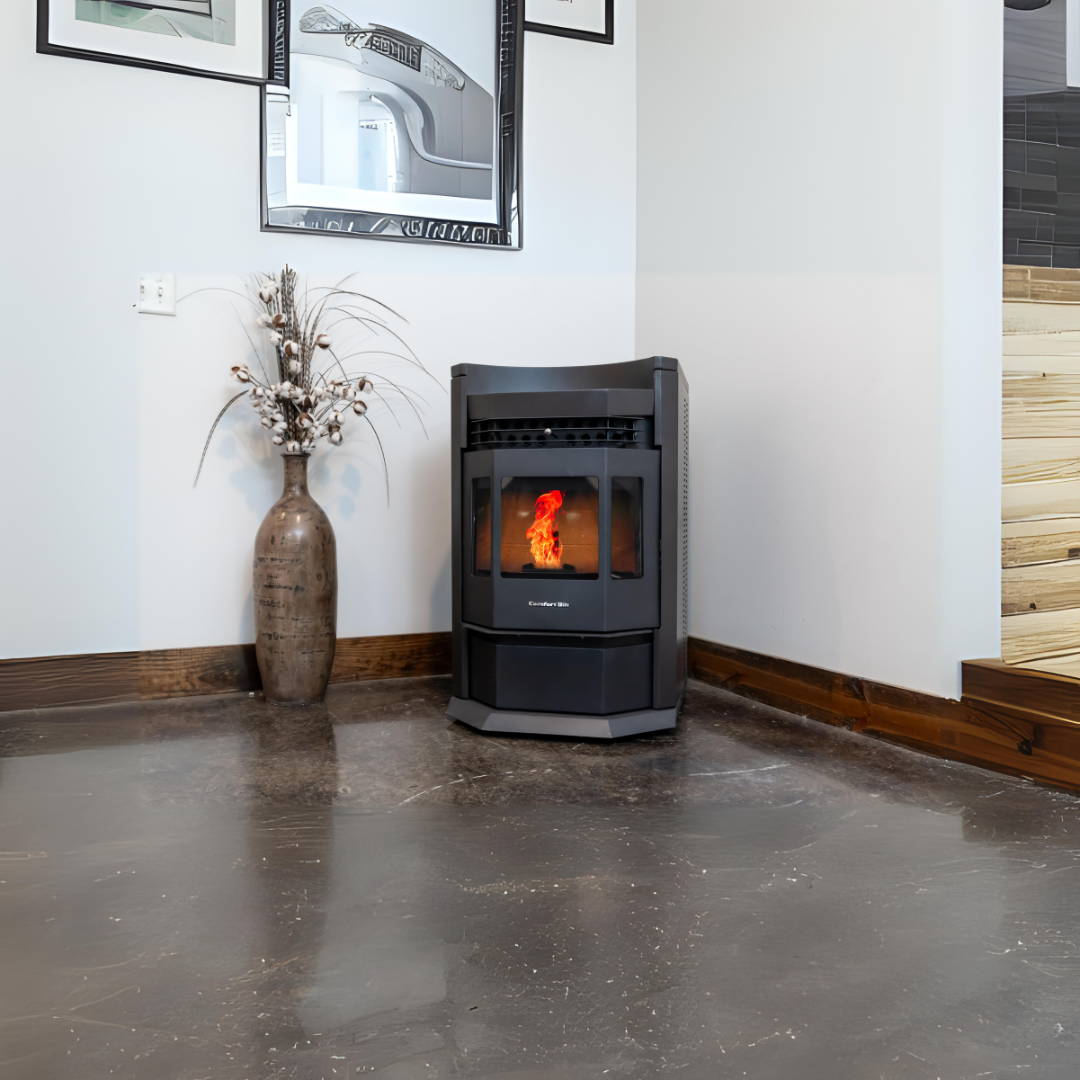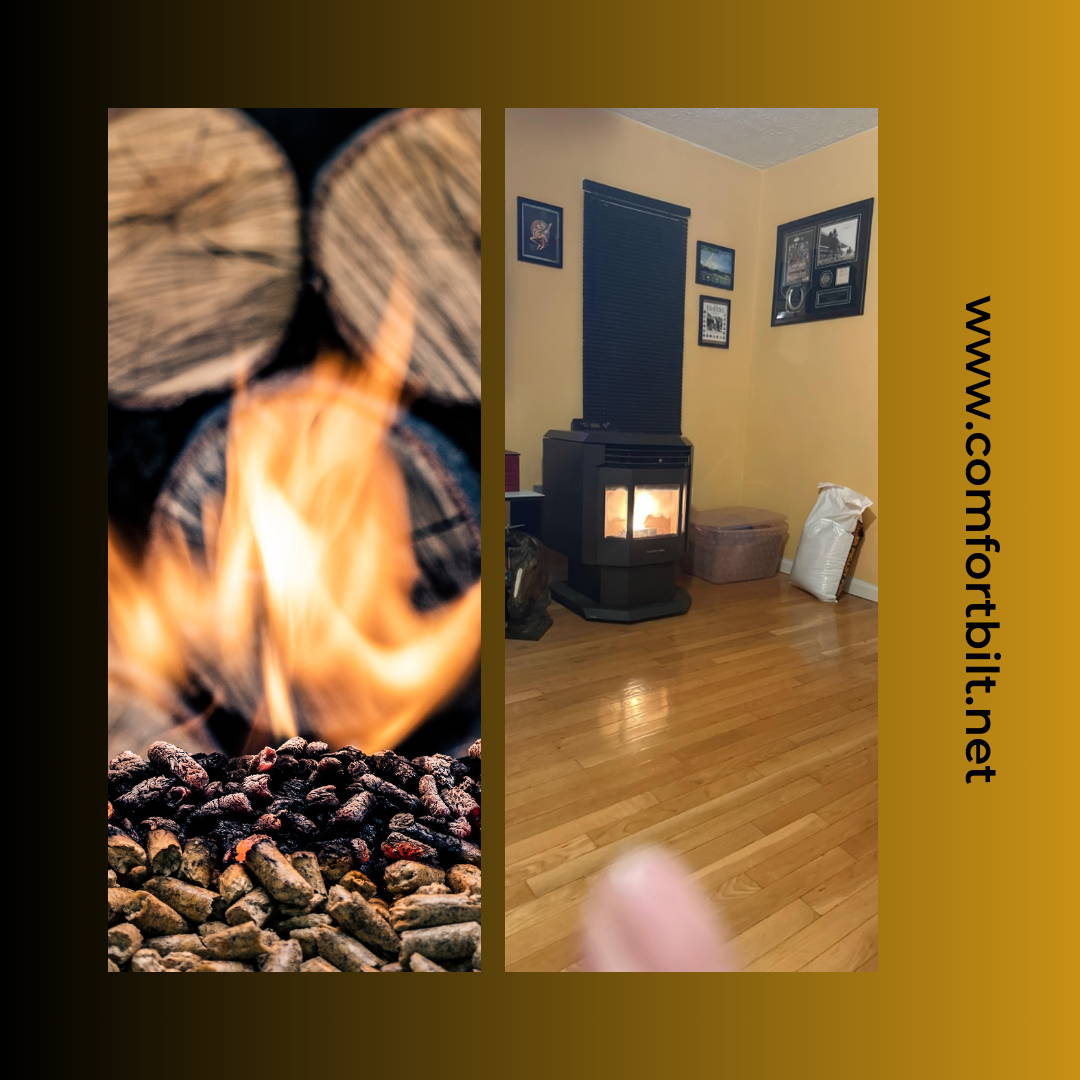introduction
As homeowners look for efficient and eco-friendly heating solutions, pellet stoves have emerged as a popular option. These wood-pellet burning appliances offer many benefits, from cost savings to reduced reliance on traditional fossil fuels. But the big question many homeowners face is whether a pellet stove can effectively serve as their home's main heat source.
The Pros and Cons of a Pellet Stove as a Primary Heat Source:
On the surface, a pellet stove and pellet stove insert seem like they could work well as a home's primary heating system. After all, they are designed to efficiently heat a large portion of a home's square footage. Considering their automated features and clean-burning fuel, pellet stoves and pellet stove fireplace inserts can provide an attractive, hands-off heating solution. However, there are some significant downsides to relying on a pellet stove alone:
Heating Capacity Limitations: Pellet stoves are rated by their BTU output, which determines the maximum square footage they can effectively heat. Larger homes may require multiple pellet stoves or a supplemental heating system to maintain comfort throughout.
Uneven Heating:
Pellet stoves provide focused, zone heating rather than whole-home heating. Rooms farther from the unit may not receive adequate warmth, creating cold spots.
Dependence on Electricity and Fuel:
Pellet stoves require a constant supply of electricity to operate the auger, fans, and ignition systems. During power outages, the stove will not function, leaving the home without heat. Along with that, access to pellet fuel can also be disrupted, especially during peak heating seasons.
Safety Risks: Improper installation, venting, or maintenance of a pellet stove can increase the risks of carbon monoxide poisoning or house fires.
Given these limitations, most experts agree that a pellet stove should not be used as a home's sole and primary heat source. Instead, the best approach is to use a pellet stove as a supplementary heating system.
Pellet Stoves as Supplementary Heating
By pairing a pellet stove with a traditional HVAC system, such as a furnace or heat pump, homeowners can maximize the benefits of both heating sources. The pellet stove can handle the majority of the home's heating needs, providing efficient, cost-effective warmth. Meanwhile, the HVAC system serves as a reliable backup, ensuring the entire home stays comfortable even during power outages or pellet fuel shortages.
• Size the pellet stove appropriately for the home's square footage and heating requirements
• Ensure proper venting, clearances, and safety features are in place
• Maintain a reliable supply of pellet fuel and backup heating options
By leveraging a pellet stove as a supplementary heat source, homeowners can enjoy the benefits of efficient, eco-friendly heating while maintaining the reliability and whole-home coverage of a traditional HVAC system.
Consult the experts
Looking to find the perfect pellet stove for your home? Whether you need a pellet stove fireplace insert or a freestanding pellet stove, ComfortBilt has a variety of options to suit your needs. Compare our full lineup of pellet stoves HERE, or compare our pellet stoves side by side by clicking HERE. For more information about wood stovesCLICK HERE




